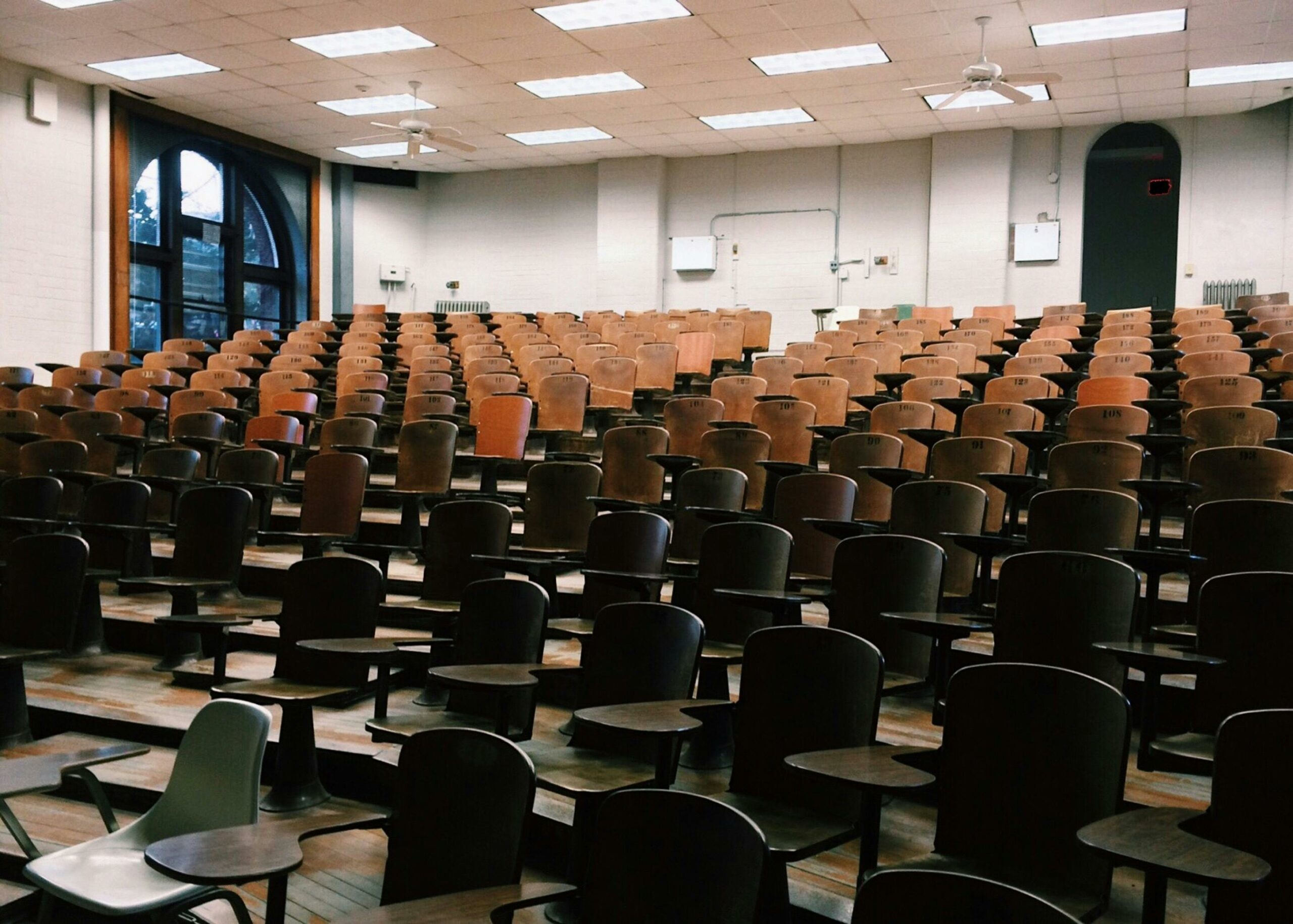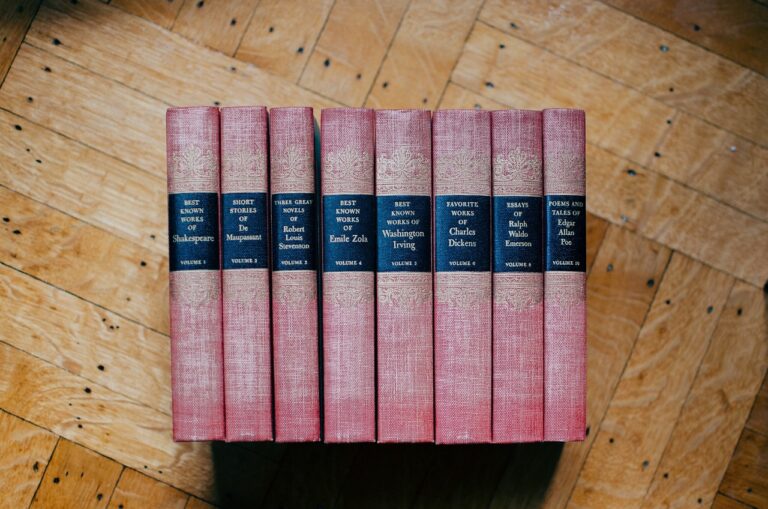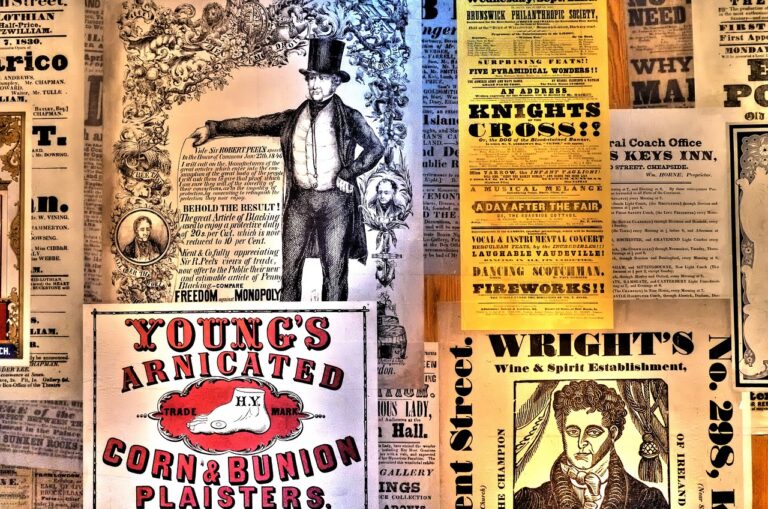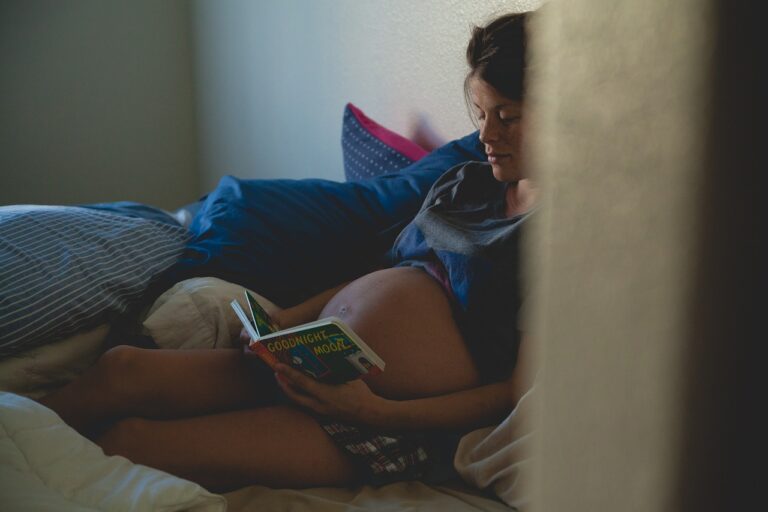Open Educational Resources (OER): Promoting Accessible and Affordable Learning Materials
Open Educational Resources provide a cost-effective solution for students and educators by offering free access to a wide range of educational materials. This accessibility helps alleviate the financial burden on students who might otherwise struggle to afford expensive textbooks and resources. By utilizing OER, educational institutions can prioritize equity and inclusivity in learning, ensuring that all students have access to the same high-quality educational materials regardless of their financial situation.
Moreover, OER promotes collaboration and knowledge sharing among educators, enabling them to customize and adapt resources to suit the specific needs of their students. This flexibility fosters creativity and innovation in teaching practices, allowing educators to tailor their instructional materials to cater to diverse learning styles and preferences. Through the use of OER, educators can enhance the quality of education and create a more engaging and interactive learning environment for their students.
Understanding OER Licenses and Permissions
Open Educational Resources (OER) are educational materials that are freely available for educators and students to use, adapt, and share. These resources can include textbooks, videos, lesson plans, and more. Understanding OER licenses and permissions is crucial for ensuring that you are in compliance with the terms set by the creators of the resources.
OER are typically licensed under Creative Commons licenses, which allow creators to retain some rights while also permitting others to use and share their work. It’s essential to pay attention to the specific license that accompanies each OER to determine how you can use the material, whether you can modify it, and if there are any restrictions on its distribution. Being aware of these licenses ensures that you are respecting the intellectual property rights of the creators while taking advantage of the benefits of using OER in education.
How OER Can Help Address Educational Inequities
Open Educational Resources (OER) have emerged as a powerful tool in narrowing the educational gap among students from different socio-economic backgrounds. By providing free access to high-quality learning materials, OER can level the playing field for learners who may not have the financial means to purchase traditional textbooks or resources. This democratization of knowledge helps bridge the divide between privileged and underprivileged students, offering all learners the opportunity to access the same educational resources.
Moreover, OER encourages collaboration among educators to create and share resources that cater to diverse learning needs. This inclusive approach ensures that educational materials are culturally relevant and sensitive to the unique challenges faced by marginalized communities. By embracing OER, educational institutions can empower students from disadvantaged backgrounds to excel academically and pursue their educational goals without being hindered by financial constraints.
• OER provides free access to high-quality learning materials
• Levels the playing field for students from different socio-economic backgrounds
• Democratizes knowledge and bridges the divide between privileged and underprivileged students
Moreover,
• OER encourages collaboration among educators to create and share resources catering to diverse learning needs
• Ensures educational materials are culturally relevant and sensitive to unique challenges faced by marginalized communities
• Empowers students from disadvantaged backgrounds to excel academically without financial constraints
What are Open Educational Resources (OER)?
Open Educational Resources (OER) are teaching, learning, and research materials that are freely available for anyone to use, adapt, and share.
What are some benefits of using OER?
Some benefits of using OER include cost savings for students, increased access to educational materials, and the ability to customize and update content to better suit the needs of learners.
How can OER help address educational inequities?
OER can help address educational inequities by providing equal access to high-quality educational resources for all students, regardless of their socio-economic background or geographic location.
Are there any restrictions on using OER?
OER typically come with open licenses that allow for free access, use, and sharing of the materials. However, it is important to review the specific license attached to each OER to understand any restrictions on use.
How can educators find OER to use in their classrooms?
Educators can find OER through online repositories, search engines, and educational platforms that specialize in curating open educational resources.
Can students contribute to OER?
Yes, students can contribute to OER by creating and sharing their own educational materials, such as study guides, presentations, or videos, for the benefit of other learners.







